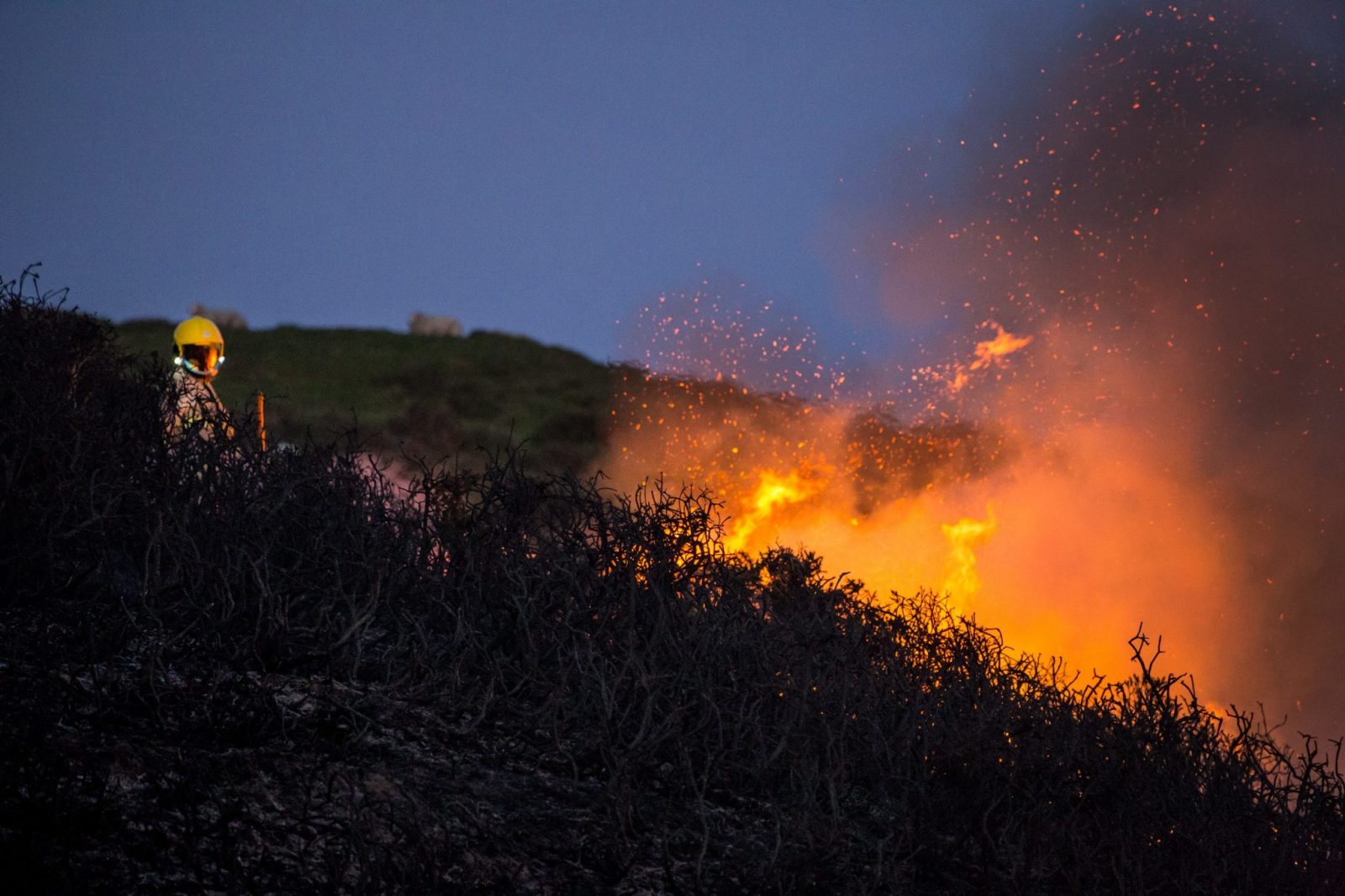Bushfire smoke is a mixture of harmful particles and gases, including carbon monoxide, nitrogen oxides, volatile organic compounds and ozone pollutants.
Healthy people can recover relatively quickly from exposure to smoke, however pregnant women, young children, elderly and those with lung and heart conditions are at higher risk of being affected.
Small particles in our Sydney air or PM2.5 – particles with an aerodynamic diameter smaller than 2.5 micrometres (µm) can penetrate your lungs and affect your respiratory and cardiovascular health. During bushfires, the concentrations are many times higher and more hazardous.
On days when Sydney’s air quality is polluted with harmful smoke, deaths increased by around 5% and hospital admissions for lung problems increased.
We need to look out for symptoms to prevent the severity of harmful smoke, including itchy/burning eyes, runny nose, shortness of breath, headaches, irritated sinuses, throat irritation and cough. Some of these symptoms can have delayed onset and ongoing impact for some days. Often bush fires can cause psychological trauma, not to mention physical harm from burns and heat exhaustion.
How to protect yourself and others?
In the event of being affected by smoke and if you fall in one of the higher risk categories, minimise your exposure and the following measures below:
- Stay indoors and close windows and doors. Try to seal all gaps and air pockets in the home to limit smoke seeping in.
- Stay hydrated, drink 3 litres of water daily to prevent heat stroke and dehydration.
- Those at high risk should consider leaving the affected area until the air quality has improved.
- Avoid exercise outdoors, as this results in faster and deeper breathing and can increase your exposure to smoke up to tenfold.
- Use your air conditioner and set it to recycle so you don’t bring in outdoor air.
- The use of high efficiency particle air filters (HEPA filters) have shown to significantly reduce particle concentrations indoors when there is a high level of fire smoke.
- Support each other and house your neighbours if you have a better insulated home or consider relocating to air conditioned environment like a shopping centre to escape the home if severe.
It is important if you have a heart or lung condition that you have your medication and follow your treatment plan. For asthma sufferers, ensure you have a current asthma action plan and keep your blue reliever medication on hand, we suggest the AirRater app to manage the changes to your environment and asthma symptoms.
If you are suffering urgent symptoms, please call 000 and seek immediate medical attention.
Be prepared if you are in a danger zone:
- Check if your emergency kit contains relevant prescriptions?
- Are there medicines, or special equipment, you will need to take with you?
- Will the place you are going to have the resources you need?
- Pack a bottle of water in your emergency kit.
References:
- https://www.betterhealth.vic.gov.au/health/healthyliving/bushfire-smoke
- https://healthywa.wa.gov.au/Articles/S_T/Smoke-hazard-from-bushfires
- https://www.health.nsw.gov.au/environment/factsheets/Pages/bushfire-smoke.aspx
- https://www.abc.net.au/news/2019-03-05/can-bushfire-smoke-make-you-sick/10765998
- https://www.health.qld.gov.au/news-events/doh-media-releases/releases/health-statement-on-current-queensland-bush-fires
